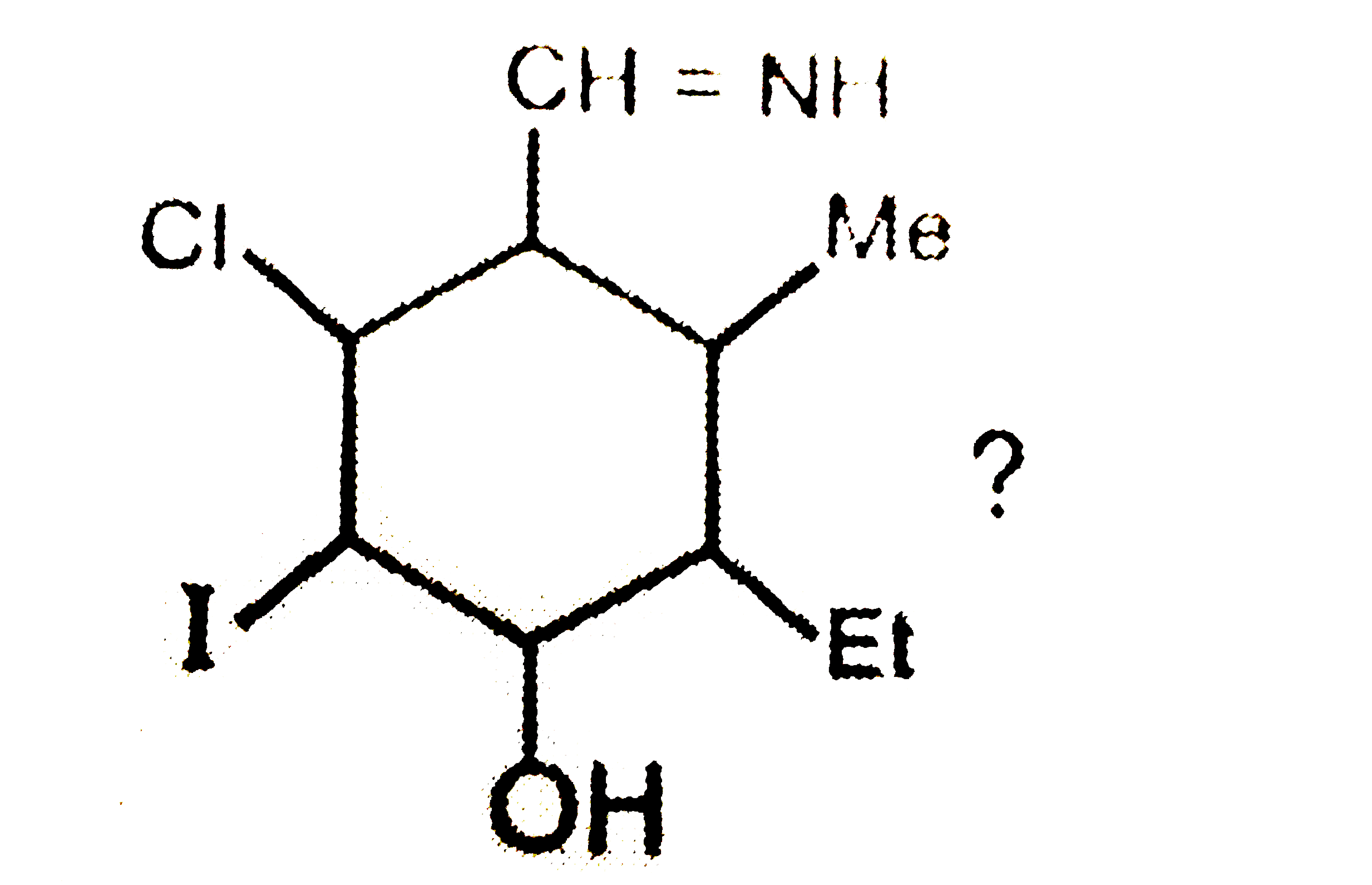How many genotypes are possible in Sickel-cell anamia ?
2
3
4
1
The correct Answer is:B
To determine how many genotypes are possible in sickle cell anemia, we can follow these steps:
Step 1: Understand the Genetics of Sickle Cell Anemia
Sickle cell anemia is an autosomal recessive disorder caused by mutations in the hemoglobin gene. The two alleles involved are:
- HbA (normal hemoglobin)
- HbS (sickle-shaped hemoglobin)
Step 2: Identify the Possible Genotypes
Since sickle cell anemia is controlled by a single pair of alleles, we can outline the possible combinations of these alleles:
1. Homozygous Normal: HbA HbA
2. Heterozygous Carrier: HbA HbS
3. Homozygous Sickle Cell: HbS HbS
Step 3: Analyze Each Genotype
- HbA HbA: This genotype represents a normal individual who does not have sickle cell anemia.
- HbA HbS: This genotype represents a carrier who does not show symptoms of the disease but can pass the sickle cell allele to offspring.
- HbS HbS: This genotype represents an individual with sickle cell anemia, which is typically lethal before maturity.
Step 4: Count the Genotypes
From the combinations identified, we can conclude that there are three possible genotypes for sickle cell anemia:
1. HbA HbA
2. HbA HbS
3. HbS HbS
Conclusion
Thus, the total number of genotypes possible in sickle cell anemia is 3.
---
Sickle cell anemia is an autosomal recessive disorder caused by mutations in the hemoglobin gene. The two alleles involved are:
- HbA (normal hemoglobin)
- HbS (sickle-shaped hemoglobin)
Since sickle cell anemia is controlled by a single pair of alleles, we can outline the possible combinations of these alleles:
1. Homozygous Normal: HbA HbA
2. Heterozygous Carrier: HbA HbS
3. Homozygous Sickle Cell: HbS HbS
- HbA HbA: This genotype represents a normal individual who does not have sickle cell anemia.
- HbA HbS: This genotype represents a carrier who does not show symptoms of the disease but can pass the sickle cell allele to offspring.
- HbS HbS: This genotype represents an individual with sickle cell anemia, which is typically lethal before maturity.
From the combinations identified, we can conclude that there are three possible genotypes for sickle cell anemia:
1. HbA HbA
2. HbA HbS
3. HbS HbS
Thus, the total number of genotypes possible in sickle cell anemia is 3.
Similar Questions
Knowledge Check
- Question 1 - Select One
Sickel cell anaemia is a
AMetabolic disorderBGenetic disorderCDegenerative disorderDPathogenic disorder - Question 2 - Select One
Sickel cell anemia is :
ACharacterized by elongated sickle like RBCs with a nucleusBAn autosomal linked dominant traitCCaused by substitute of valine by glutamic acid in the beta globin chain of haemoglobinDCaused by a change in a single base pair of DNA - Question 3 - Select One
A character is controlled by 5 alleles. How many genotypes are possible for this character?
A15B6C12D25



